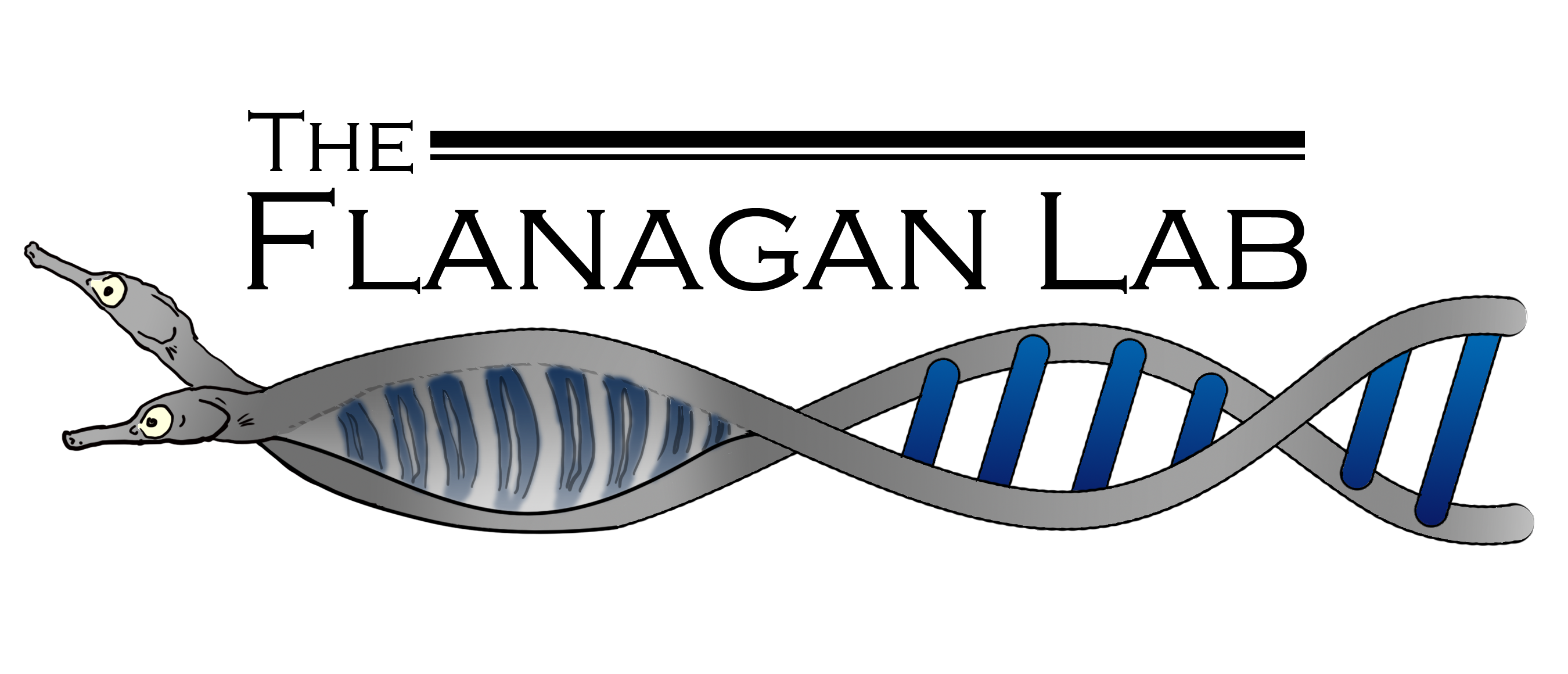Why are males and females different, and why don’t we know?
Selection can drive genetic differentiation between the two sexes of a single species in coding and non-coding regions, and many questions remain regarding the relative importance and types of selection that are driving this differentiation, how genetic variation is maintained, and how the genetic architecture of traits impacts genetic divergence. The lab advocates for and employs the use of an integrative and holistic framework that considers when genes are able to respond to sex-specific selection, which tissues are likely to expereince different forms of sex-specific selection, when during the life cycle different forms of sex-specific selection are likely to create conflict, and whether proxies of sex-specific selection reflect the true strength of sexual selection.
